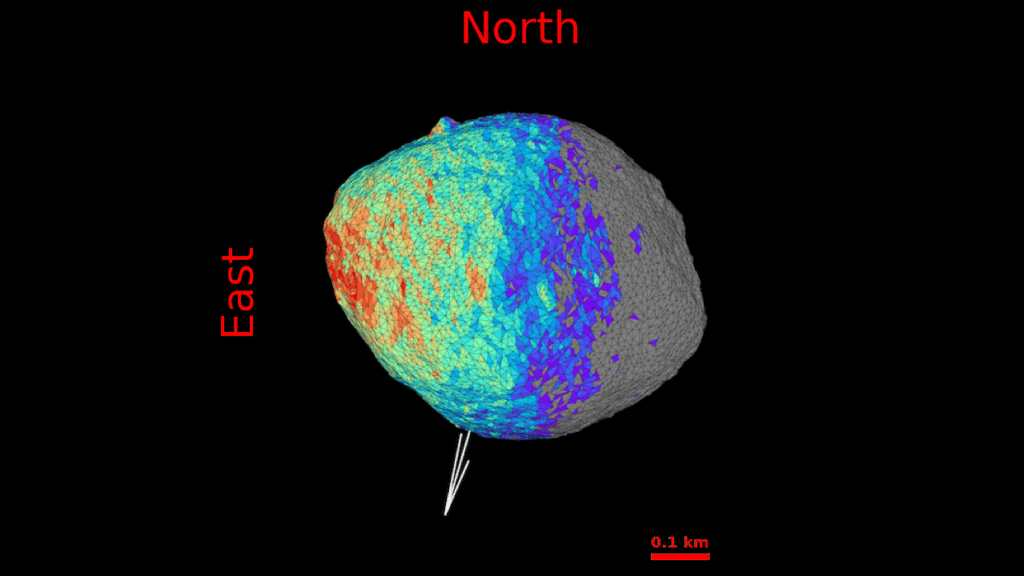
A new web-based application has been launched to assist researchers in simulating the rotational light curves of small, airless Solar System bodies. This innovative tool allows users to define specific geometrical and physical conditions, facilitating more accurate analysis of these celestial objects.
Developed in Python and Django, the application integrates both physical and empirical photometric models. Users can input custom shape models, surface properties, and viewing geometries, making it a versatile resource for scientists. The tool also features a dedicated module that computes projected silhouettes during stellar occultations, enabling direct comparison with observed data.
Validation of the application has been conducted using well-characterized targets such as (136108) Haumea, (101955) Bennu, and (433) Eros. The results demonstrate excellent agreement between the synthetic and observed light curves and silhouettes, affirming the reliability of the tool for scientific research.
Comprehensive Features Support Advanced Research
Beyond standard light curve simulations, the application supports scenarios involving surface heterogeneity, non-principal axis rotation (often referred to as tumbling), and phase-angle effects. This flexibility enhances its utility for a wide range of astrophysical studies, from ongoing observation campaigns to future mission planning.
The tool offers a powerful resource for interpreting photometric data, which is crucial for understanding the physical characteristics and behaviors of small Solar System bodies. With its user-friendly interface and robust capabilities, it encourages collaboration among researchers and enhances the accessibility of complex astrophysical data analysis.
The application was presented by a team of researchers, including Juan Luis Rizos, J. L. Ortiz, P. J. Gutierrez, I. M. Navajas, and L. M. Lara, and was made available for public access on October 3, 2025, with updates released on October 8, 2025. Researchers are encouraged to utilize this tool, which promises to significantly advance the field of Earth and planetary astrophysics.
For more information, the tool can be accessed through its dedicated website, offering detailed documentation and user support to facilitate its adoption by the scientific community.







